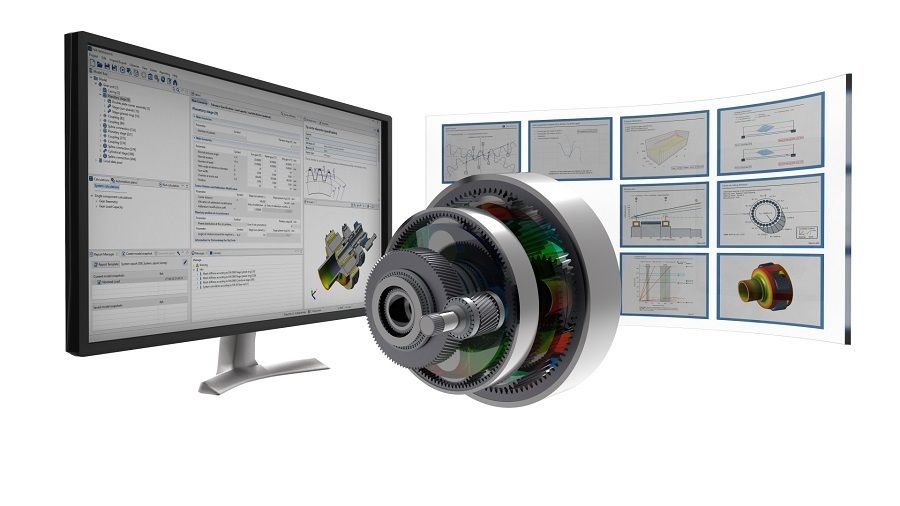FVA-Workbench Version 9 Redefines Gearbox Design
With the release of version 9, the FVA-Workbench once again sets new standards in gearbox design, enabling the seamless integration of the latest research results into industrial practice. As a groundbreaking interface between collective research and application, the FVA-Workbench accelerates development and innovation in drive technology. This new release is more powerful than ever, with innovative features for flexible load spectra and improvements in FEM components and shaft-hub connections.
New Features in FVA-Workbench 9
Flexibility in load spectrum calculations: individual power paths for each load stage
One new feature of FVA-Workbench 9 is flexible load spectrum calculations. In contrast to the previous method, in which the power was scaled across different load stages, this function makes it possible to define different operating states. Individual power paths and additional loads can be assigned to each operating state, particularly for consideration of auxiliary units. The time share, operating temperature, switching position, power flow data, and external loads can be freely selected for each load case. This data can easily be copied and pasted from Excel. A model snapshot can also be created for each load case, with detailed results that can be displayed in overview tables in the report.
Efficient integration of gearbox housings: error prevention and faster workflows
The latest version of the FVA-Workbench includes new FEM features, especially with regard to split FEM gearbox housings. Gearbox housings can now be imported as an assembly of individual CAD components and linked together. This not only helps to avoid errors when merging CAD components, but also saves time thanks to coarser meshing of less critical components. The housing components are shown individually in the Model Tree to minimize errors and simplify the overall process.





